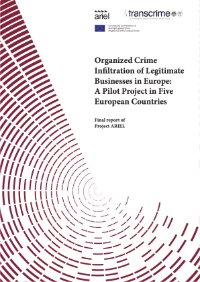By Mark Burnett, Natalia Dronova, Maren Esmark, Steve Nelson, Asle Rønning, and Vassily Spiridonov
The high northern latitudes support rich biological diversity, including expansive fish stocks, large colonies of seabirds, benthic communities, and a wide variety of marine mammals. Arctic biodiversity and biological productivity is of great international economic importance. About 70 per cent of the world’s total white fish supply comes from arctic waters. This marine resource is also extremely significant to arctic regional and coastal communities. Illegal fishing for Atlantic cod and Alaska pollock in the Arctic threatens the health of these globally important fisheries and their resilience to climate change. It undermines all efforts to build sustainable fisheries management regimes – a pressing objective in the Arctic, where temperatures are rising at twice the global average. Extensive data for the Barents Sea contrasts with the limited information available about estimated illegal fishing in the Russian Far East. As well as providing alarming illustrations of how widespread IUU fishing can become when adequate measures are not taken, the Arctic also gives encouraging examples of how IUU fishing can be greatly reduced. In the Barents Sea region, Norway and Russia have cooperated on fisheries management for several decades. Experience working together has resulted in concrete measures to control, regulate and monitor fishing. These measures have borne fruit recently with the reduction in illegal fishing in the Barents Sea. This achievement shows how coordinated efforts among governments, industry and non-governmental organisations can make a real difference in stopping criminal fishing activities. The current challenge is to keep up the momentum, learn from positive experiences, and leverage our commitment and knowledge to expand the fight against illegal fishing.
Oslo, Norway: World Wildlife Fund, International Arctic Programme, 2008. 52p





















